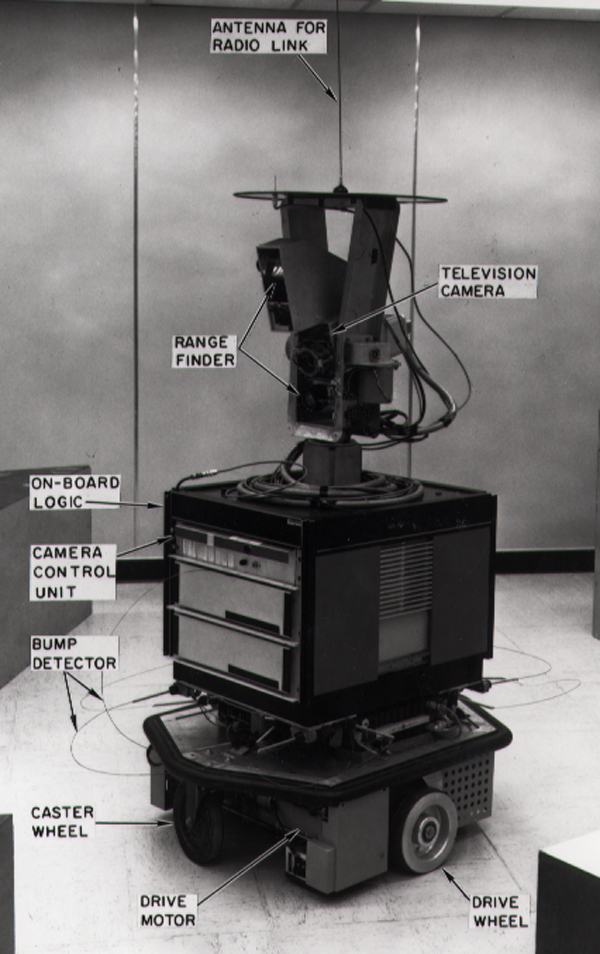 (from
Wikipedia)
(from
Wikipedia)
Even though Shakey was built 50 years ago, it still had the basic components of a mobile robot. That is:
Newer robots may also have features like
Batteries are a surprisingly critical part of the design. Even now, they are heavy compared to how much power they deliver. So they can be a significant percentage of the robot's weight.
A robot usually has several redundant sensors because they fail in different ways, e.g. whiskers operate only at very short distances, IR sensors fail on dark surfaces.
There is a tradeoff between extra features and better safety. Robots working close to humans have to be less ambitious so that they are more reliably safe.
How does it move?
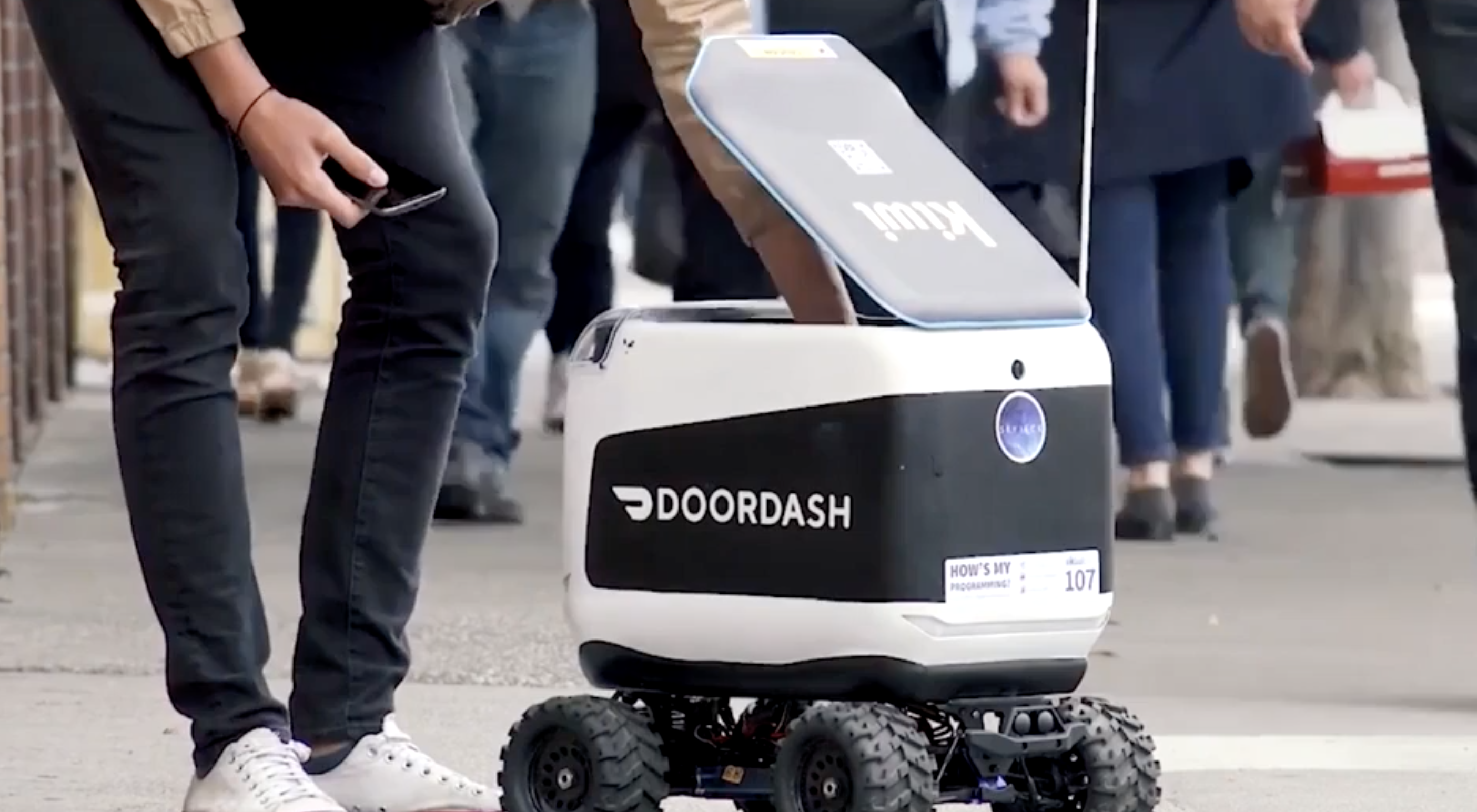
Food delivery robot from Techcrunch May 26, 2018 |

Waymo (Google) self-driving car |
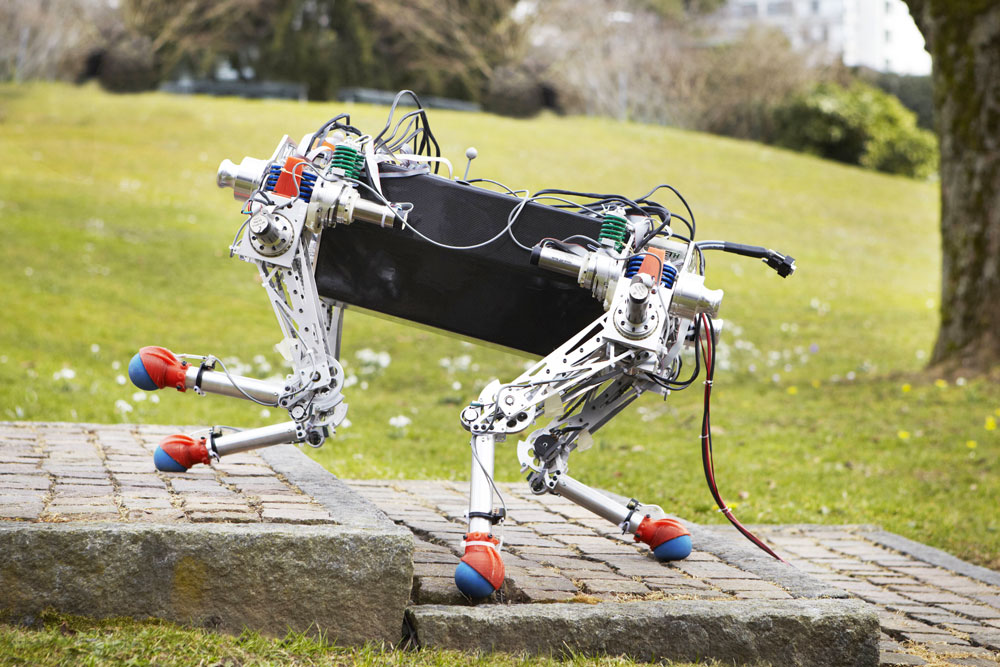
legged robot from ETH Zurich |
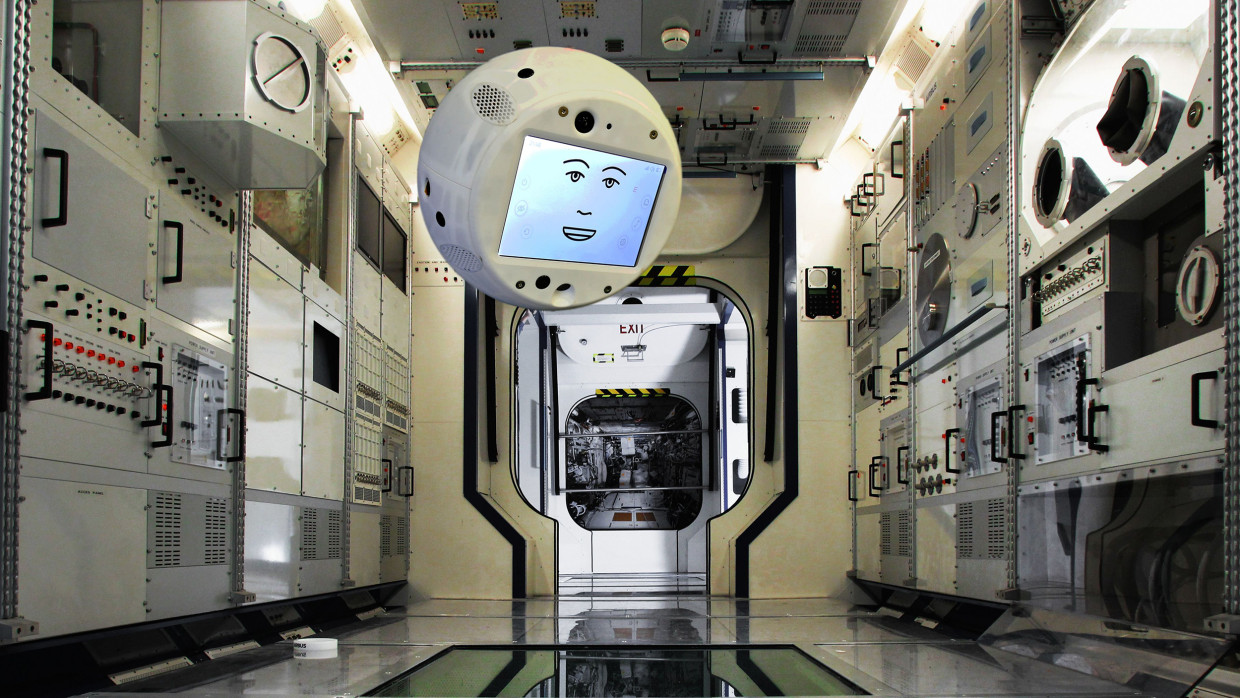
Cimon floating on the ISS from NBC |

Guard robot from The Telegraph |
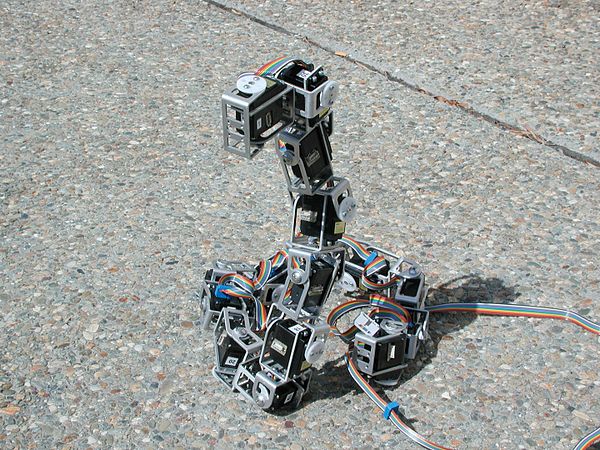
Snakebot from NASA |
|---|
Robots generate the best videos in the field.
Legged robots (Marc Raibert and Boston Dynamics): early ones and newish humanoid one
Google self-driving bike (fake)